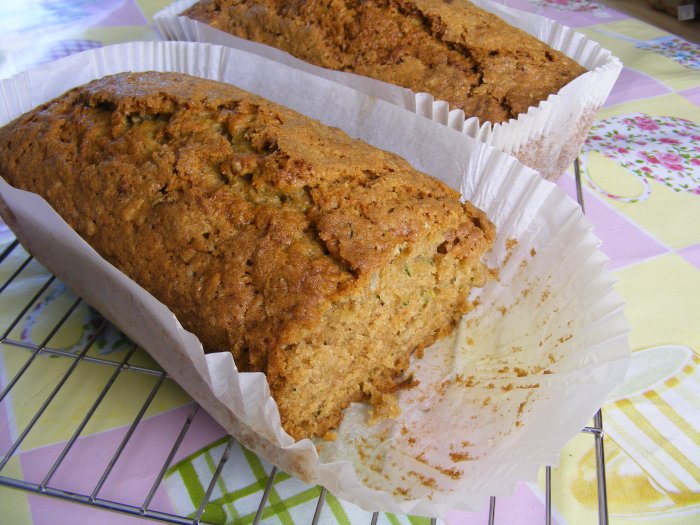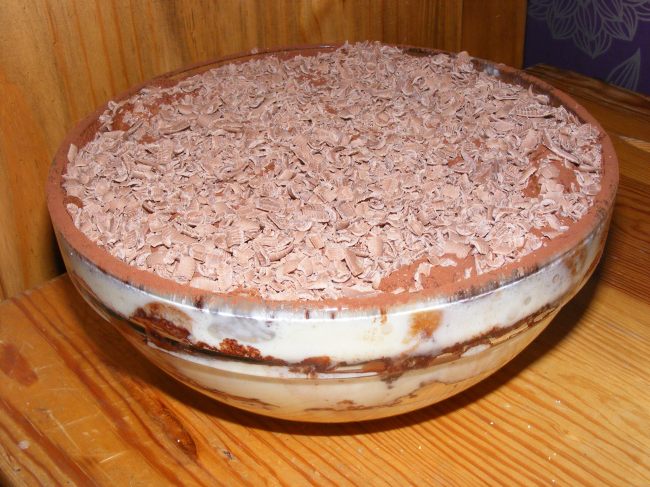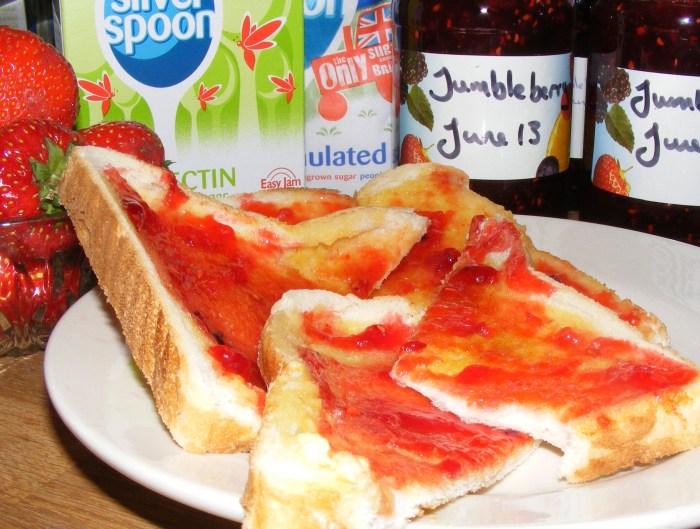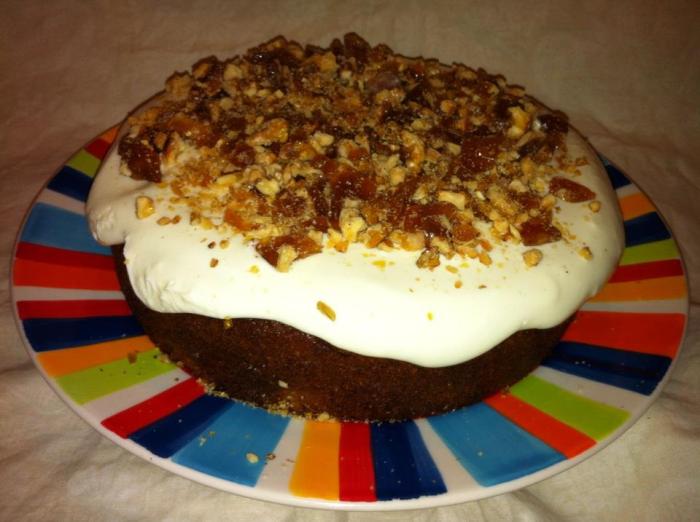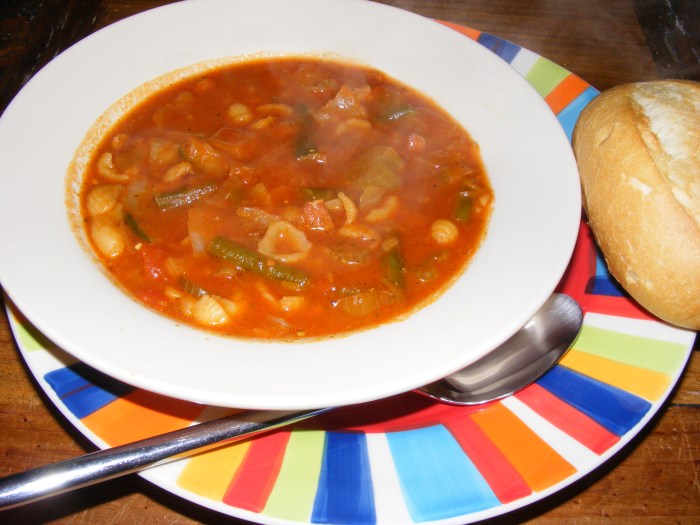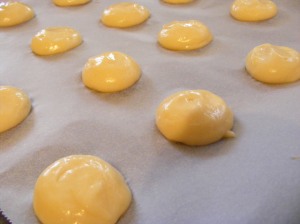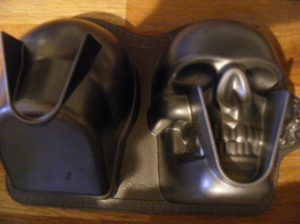I think I’ve mentioned before that I always provide a freshly baked “something” for my ladies to have with a cuppa at sugarcraft class but it is not often they provide me with food. That is exactly what happened last night! I was given two large, homegrown courgettes (zucchini) with instructions to “Do something with them!”.
So when I got home I hit the books and found several recipes for courgette cake and zucchini bread. I have tried to make a courgette cake before but I really didn’t like it as I found it quite dense and tasteless. The recipe I settled on was by Rachel Allen, from her book “Bake”. I liked the look of this recipe because it had plenty of spices added to it and reminded me of a good carrot cake but with courgettes instead of carrots.
I took the liberty of tinkering with the ingredients slightly to suit my palate and the ingredients I had to hand. Rachel’s recipe calls for walnuts but I substituted them for sunflower seeds as I didn’t have any walnuts in stock.
This tea loaf is lovely and moist with the warm, spicy hit of traditional tea loaf. Rachel said her recipe is lovely toasted with a bit of butter and I can safely say I will be trying that in the morning for breakfast.
- 400g plain flour
- 0.5 tsp salt
- 1 tsp bicarbonate of soda
- 0.5 tsp baking powder
- 1 tsp cinnamon (heaped)
- 0.5 tsp freshly grated nutmeg
- 0.25 tsp ground cloves (level)
- 300g caster sugar
- 100g Demerara sugar
- 3 eggs
- 200ml sunflower oil
- 2 tsp vanilla extract
- 380g grated courgette (skin and flesh)
- 75g sunflower seeds
Method
- Preheat the oven to 150C /130C fan or gas mark 2
- Line 2 loaf tins
- Sift together all the dry ingredients into a large bowl
- Add the courgettes and seeds
- Add the wet ingredients and mix well
- Divide the mixture between the 2 tins
- Bake for 1hr – 1hr 15min depending on oven and how evenly you divided the mixture.
- Allow to cool int he tin for 20-30 min before turning out onto a cooling rack.
Related articles
- Pint of this, pint of that Tea loaf
- A courgette (zucchini) muffin recipe! (babyccinokids.com)
